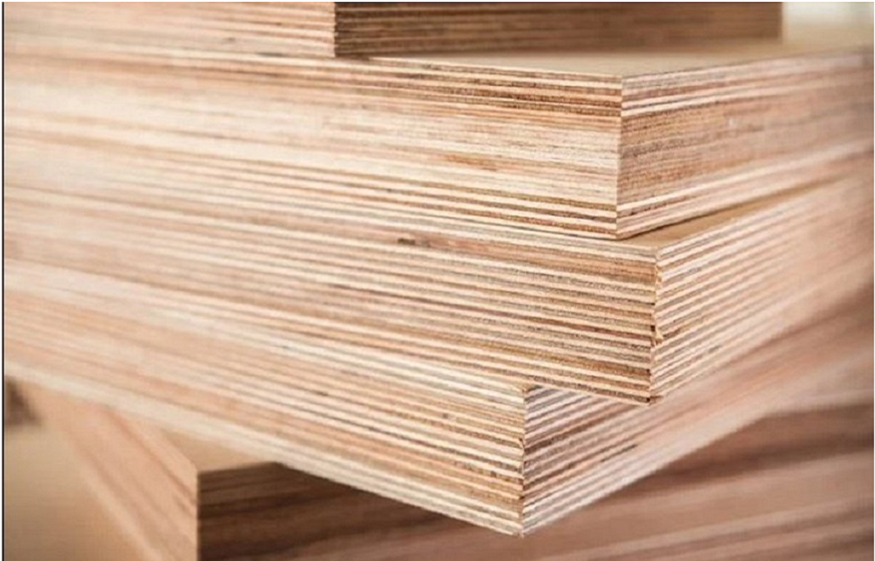Natural wood obtained from trees is known as raw wood. The trees are first decked, and then the timber logs are split into smaller sizes in sawmills. These wood blocks are used to make furniture and other wood products directly. The most popular solid woods in India include Teakwood, Oakwood, Cherry, Mahogany, Maple, and Indian Rosewood.
Engineered plywood is made by connecting many layers of veneer in different directions. These veneers are made by peeling wood logs into thin layers of sheets.
In many ways, plywood is thought to be superior to raw wood. Some of the causes behind this are listed below.
1. Long-lasting
Because of its homogeneous strength, modern plywood can withstand higher in-service stress (from all sides) for a longer period of time. As a result, it lasts longer than solid wood or other engineered wood products.
2. Strength
Wood is stronger along the grain than across it. The strength is distributed uniformly in all directions when neighbouring sheets are crossed. Plywood obtains strength that rivals raw wood, when ornamental laminates or wood veneers are applied to the cross-layered surface using adhesives such as Phenol-Formaldehyde or Urea Formaldehyde.
3. Looks
Few individuals will deny that today’s plywood is attractive. Plywood panels are generally coated with high-quality wood outer ply, giving them the appearance of real wood. When a high-quality veneer is utilised, it looks even nicer.
4. Light and airy
Raw wood is much heavier than plywood. As a result, it’s more suited to make various types of furniture. It has a larger application area than traditional wood, which is typically awkward and inappropriate for usage due to its weight.The best quality plywood is lighter.
5. Large Dimensions
Plywood comes in a wider range of sizes than raw wood. Standard plywood sheets are 8 feet by 4 feet. However, obtaining a single wooden plank or log of that size and turning it into furniture would be extremely difficult. Although uncommon, plywood sheets of 6 feet by 25 feet are not unheard of.
6. Non-splitting characteristics
Despite its toughness, wood has a tendency to fracture down the grain when stressed. However, because of its cross-layered surface, plywood can tolerate more strain and hence be nailed or screwed around the edges without causing damage.
7. Cost-effective
Most crucially, the plywood price will always be less than the cost of raw wood. Plywood is a low-cost engineered wood product that has gained favour in recent years among homeowners and builders. The cost reductions do not stop at the plywood. A typical plywood sheet may be used to its full extent, resulting in less waste and cheaper labour expenses. Because plywood is lightweight, it is also less expensive to ship in large numbers than solid wood.
8. Pest attack resistance
When utilised in its natural state, the raw wood is susceptible to termite and borer assault, and safeguarding the surface from such attacks is difficult. Plywood, on the other hand, is pre-treated with anti-termite and anti-borer chemicals, increasing its durability and providing a cavity-free, smooth finish.
9. Moisture issues or fire prevention
Plywood can now be produced to be both fire and water-resistant. This puts it on par with the best-treated raw wood material on the market, but at a lower price.
10. Coverage of more square feet
In comparison to raw wood, plywood veneer provides square foot coverage.
Beauty
Although natural wood surfaces are beautiful, matching and complementing decorative laminates or veneers on a plywood surface may substantially enhance the product’s look. The ornamental impact is enhanced by the regularity or symmetry of the veneer pattern.
The Bottom Line
Thus, the above reasons explain why plywood is a better option than raw wood. Plywood is a better choice in all aspects and can also profit you more than raw wood. You cancheckoutCenturyPly’s premium plywood collection to understand how is it better than raw wood.



